How old is this Ladder Back Chair?
cslambert
12 years ago
Related Stories
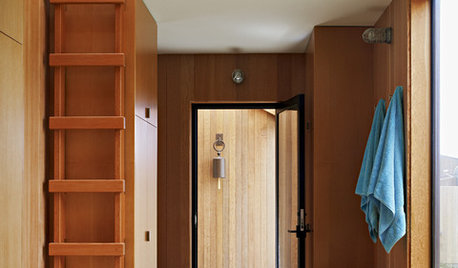
DECORATING GUIDESStep Up Your Home's Functionality With Ladders of All Kinds
Forget that rusty stepper gathering cobwebs in the garage. Ladders today are giving interiors a major style boost
Full Story
DIY PROJECTSDining Set Makeover: Paint and Tea-Tinted Fabric Make Old Chairs New
Reclaim dated dining chairs for far less than buying new, using spray paint, modern fabric and a handful of tea bags
Full Story
DECORATING GUIDESPractical New Uses for 23 Old Things
Junk? What junk? Those things cluttering up your storage space are home solutions waiting to happen
Full Story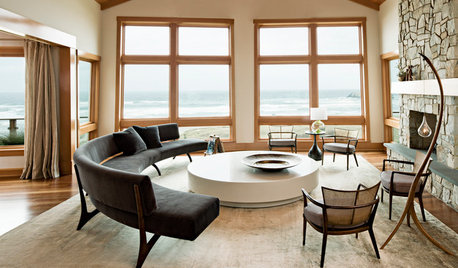
FURNITURESeating in the Round: An Old Idea That’s Still Fresh Today
Bring in romance, unexpected style or just great seating for conversations with sofas that turn their back on the straight and narrow
Full Story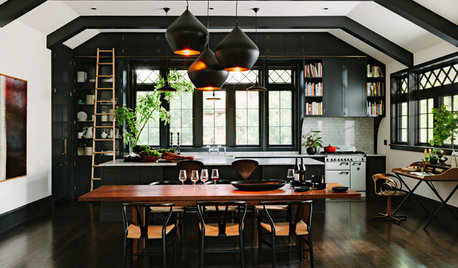
REMODELING GUIDESHouzz Tour: An Old Oregon Library Starts a New Chapter
With an addition and some renovation love, a neglected Craftsman building becomes a comfortable home and studio
Full Story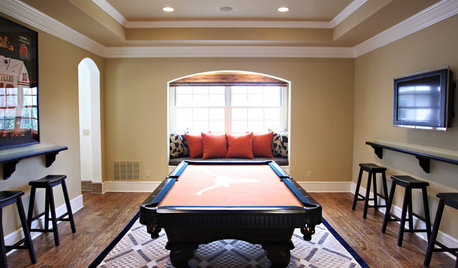
DINING ROOMSOld Dining Room, New Use
Is your dining room feeling neglected? Transform that valuable space into an office, pool room, library or lounge
Full Story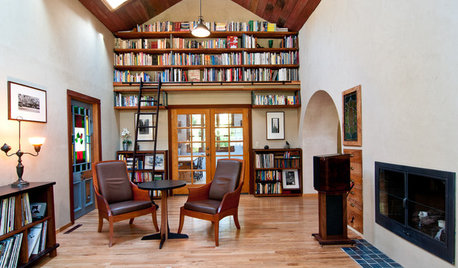
HOUZZ TOURSMy Houzz: Old-World European Flair in Oregon
Custom woodwork, stained glass and Arts and Crafts touches create warm, earthy interiors in a ranch-style home
Full Story
FUN HOUZZCreate the Ultimate Fun House with Chutes, Ladders and Fire Poles Too
A collection of indoor slides and crazy staircases is sure to bring out the kid in you
Full Story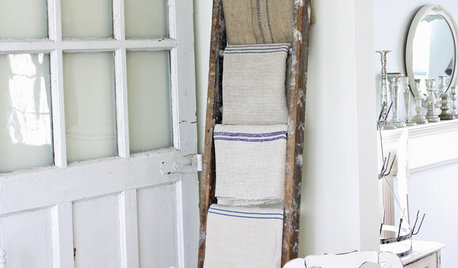
VINTAGE STYLEFlea Market Find: Vintage Ladders
You can use them to hang linens, stack plants and add rustic charm to a room
Full Story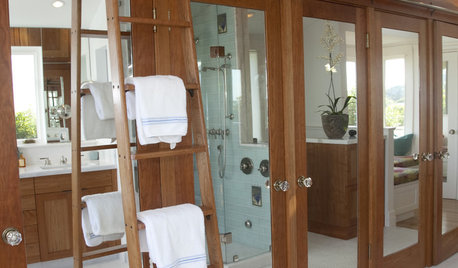
FURNITURE10 Ways Library Ladders Give Rooms a Lift
Yes, they're great in libraries. But library ladders also work wonders in bathrooms, pantries and many more spots around the home
Full Story





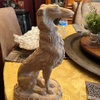




sombreuil_mongrel
Mikk
Related Professionals
Madison Furniture & Accessories · St. Louis Furniture & Accessories · Fountain Furniture & Accessories · Garden City Interior Designers & Decorators · Liberty Township Interior Designers & Decorators · Concord Painters · Orlando Painters · Brea Painters · Duarte Painters · Glen Rock Painters · Detroit Furniture & Accessories · Temple Terrace Furniture & Accessories · Chicago Professional Organizers · Fort Worth Professional Organizers · Kent Professional OrganizerscslambertOriginal Author
lindac
Ideefixe
Mikk
lindac
Mikk
lindac
cslambertOriginal Author